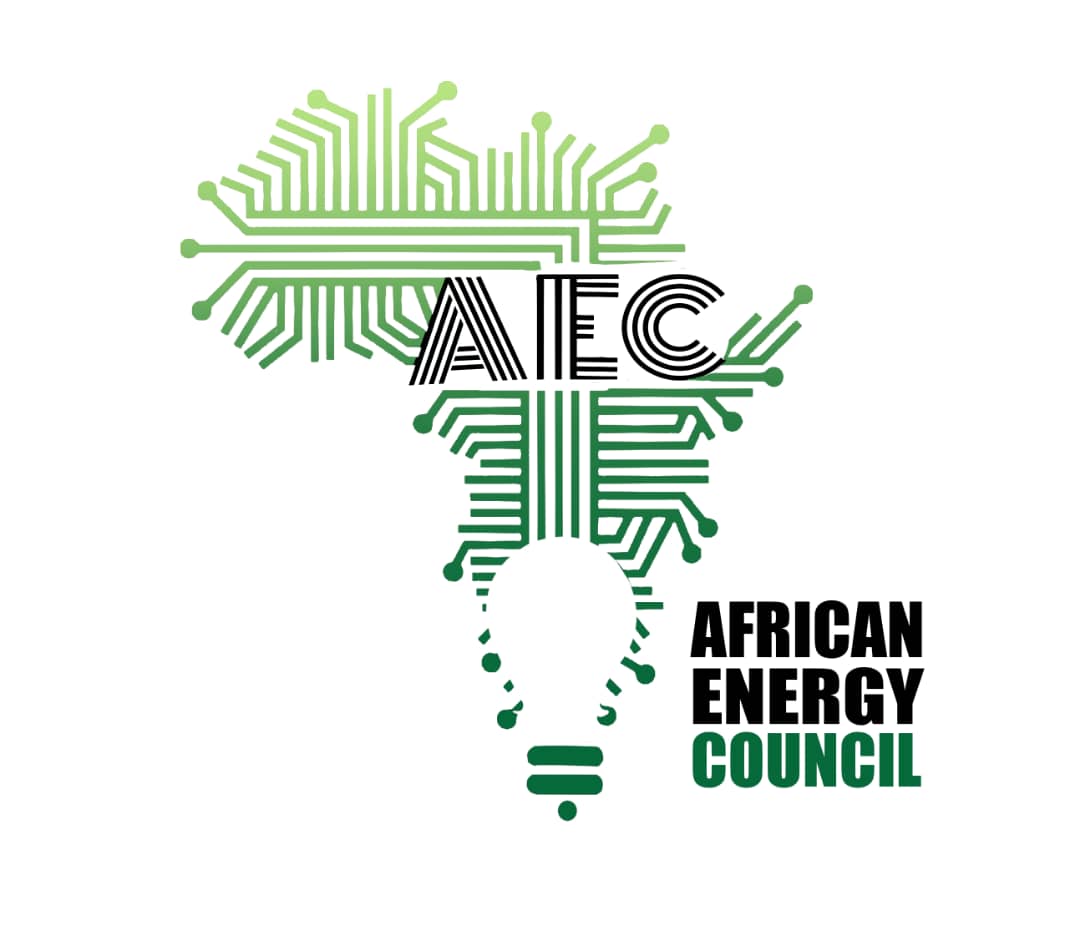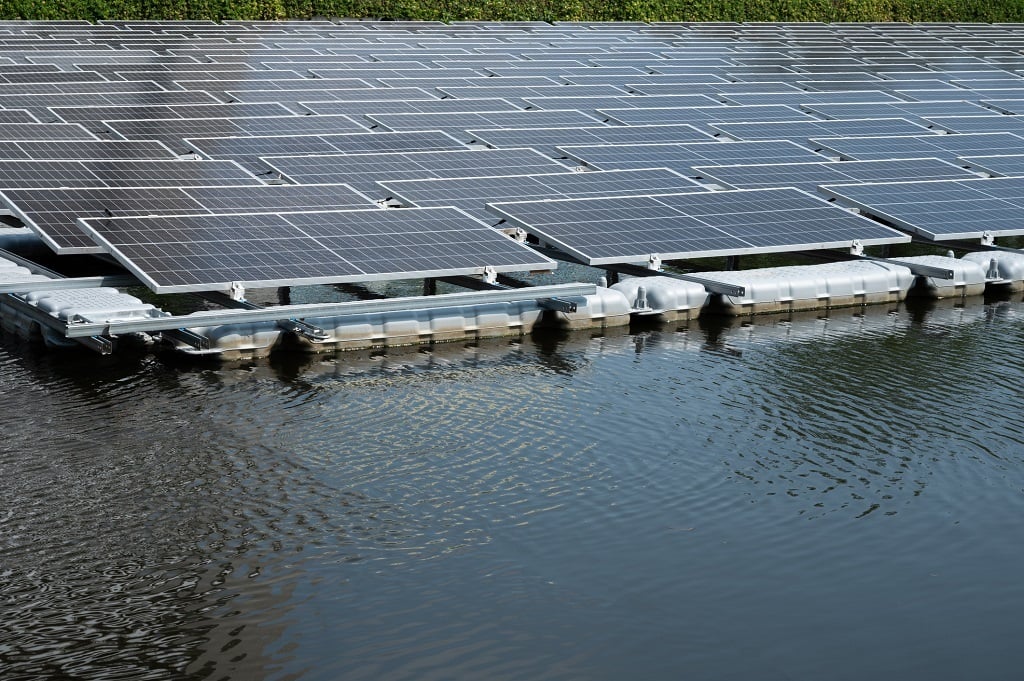Zimbabwe’s industrial consumers and exporters of electricity aim to raise $250m to build the floating solar panel on the largest man-made artificial lake in the world.
A development company for the project will be established, with members of the Intensive Energy User Group (including mining companies) holding a 52% ownership stake. The chosen location for the project is Lake Kariba, situated between Zimbabwe and Zambia. The generated electricity from the solar panel station, initially designed to produce 250 megawatts, will be sold to the group and other eligible customers through a 25-year power purchase agreement.
Zimbabwe is facing acute electricity shortages that have resulted in blackouts lasting more than half a day because of low water levels that stifle generation from a hydropower plant on the lake and a thermal power station that experiences frequent breakdowns. Any excess output could also be exported throughout the region, according to the developers.
“It is envisaged that the generated electricity will be fed directly into the national grid for consumption by the IEUG and/or sold to other suitable offtakers, including trading on the Southern African Power Pool,” the Kariba Floating Solar Power Station Development Co. said in its report.
The Zimbabwe government sovereign wealth fund will hold a 10% stake in the company, with the remaining 38% available to investors, including development banks.
Caleb Dengu, a non-executive director at IEUG and a managing partner of CDF Trust and Consulting BV Ltd., which promotes the project, stated that they plan to approach infrastructure investors such as African Finance Corp. and Africa50, as well as private energy companies. In an interview conducted in Harare, Dengu mentioned that they are currently preparing a prospectus for a road show.
According to a report released in March for Zimbabwe Power Co. by China Energy Engineering Group, it is suggested that the site could accommodate the construction of one gigawatt of capacity. This could be achieved by installing 1.8 million photovoltaic panels on 146 modular units.

